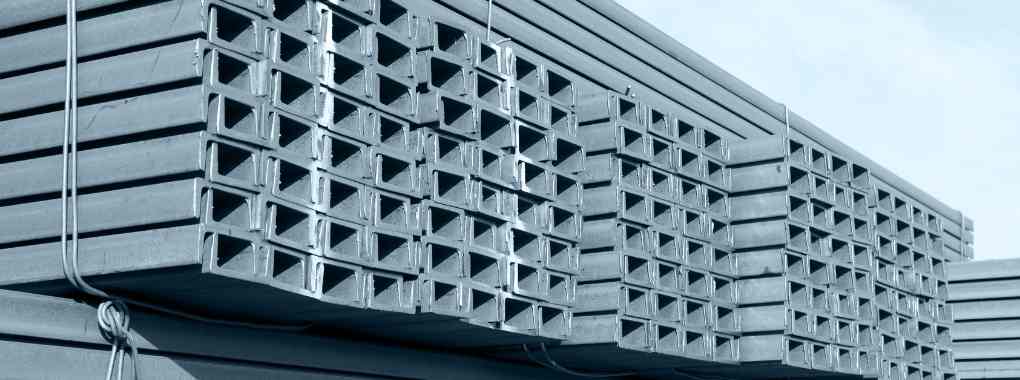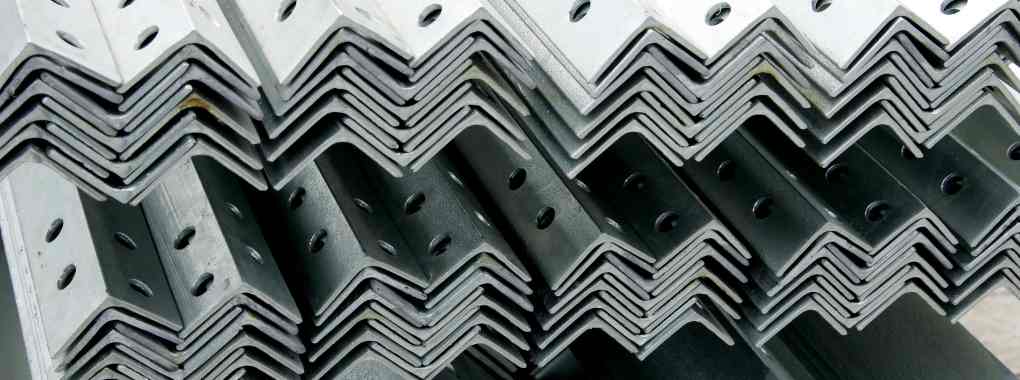Mô tả
1. OVERVIEW OF U-CHANNEL STEEL
U-channel steel is a type of structural steel with a U-shaped cross-section, well-known for its rigidity, strength, and high durability. Its name reflects its shape, making it a preferred material in many construction applications. U-channel steel is highly valued for its ability to withstand heavy loads, resist pressure, and provide excellent vibration resistance. Therefore, it is commonly chosen for special projects requiring high load-bearing capacity, such as bridges, roads, and other critical infrastructure works.\
This product not only stands out for its pressure resistance but also for its ability to endure harsh weather conditions, making it an ideal choice for a wide range of projects. Manufactured in various sizes, U-channel steel offers flexibility in selection depending on the specific requirements of each project. This ensures that the product’s weight and technical specifications are suitable for diverse construction needs.
2. FEATURES OF U-CHANNEL STEEL
U-channel steel is characterized by its rigidity, strength, and high durability, making it an ideal material for construction and machinery manufacturing applications. With high load-bearing capacity, U-channel steel can withstand strong vibrations and impacts from all types of projects. Its production in various sizes and weights allows flexible selection, meeting the special technical requirements of different projects and constructions.
Moreover, U-channel steel can withstand harsh environmental conditions such as fluctuating weather and high temperatures, and it is also relatively resistant to chemical impacts. This makes it a widely used material across many industries, from machinery manufacturing to construction.
3. PARAMETER OF U-CHANNEL STEEL
|
Grades |
Q235, SS400 / SM490, A36 / A572 GR.50, S235JR / S275JR / S355JR |
|
Size1 |
50*25*3*6mm -- 125*65*5.3*6.8mm |
|
Size2 |
50*37*4.5mm -- 400*102*12.5mm |
4. APPLICATIONS OF U-CHANNEL STEEL
1. Building Construction: Used as framing components, lintels, and support beams.
2. Industrial Machinery: Supporting conveyor systems, equipment frames, and structural assemblies.
3. Architectural Elements: Creating door and window frames, handrails, and decorative features.
4. Automotive Industry: As structural components in vehicle chassis and body frames.
5. Storage Racks and Shelving: Providing stability for storage systems.
.png)

.jpg)

-480x320.jpg)

